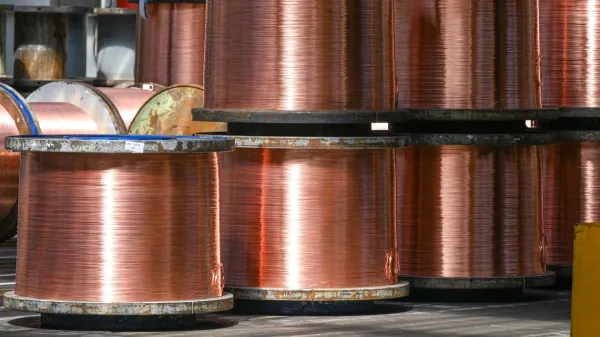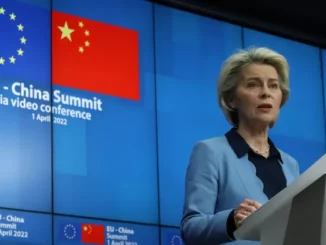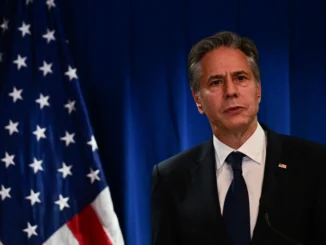
Global demand for copper is rising steadily and is only expected to accelerate. Even with China experiencing deflation, the metal has held up well this year vs previous years, where it moved exclusively in response to changes in China. The difference is the additional demand from the energy transition. Electric vehicles and even the expansion of renewable energy infrastructure all rely on copper. Humans are typically good at getting other humans something in high demand, and champions of the energy transition have not given the future need for copper much thought. The problem, though, is the wave of demand is coming at a time when mines face delays, disruptions, and outright cancelations. A few recent examples are the future shutdown of First Quantum’s Cobre Panama mine in Panama and the blocking of mining in Minnesota. Many of the delays are due to valid concerns, which deserve attention and solutions. Still, at some point, entities will need to produce copper for the more significant environmental initiative of a low-cost energy transition.
The significance of copper in the energy transition cannot be overstated. As the world shifts towards sustainable energy sources, the demand for copper, a vital component in electrical systems, is expected to soar. For instance, an EV requires more than three times the amount of copper used in an internal combustion engine, while buses require at least ten times as much. Broad transportation electrification and the development of power grids in countries like China and India further compound the substantial increase in copper demand. As a result, the need for copper is intricately linked to the success of the global energy transition. Higher cost inputs will slow adoption.
It is easy to assume that some of these decisions can be reversed if things get bad and there is a shortage. The problem is that planning to have copper supply in the future takes a long time, and it’s only increasing. S&P Global concluded that new mines that came online in the past three years had an average lead time of twenty-three years from discovery to production. It is worth repeating that. When the world needs copper it takes twenty-three years from the time we find it, and this copper is required to meet clean energy commitments that are only accelerating. Each stage has already increased, and the unexpected delays show no signs of stopping. A recent Cesco study found that large-scale projects were delayed by an average of 4.3 years and medium-sized ones by 6.3 years. All of this, delay included, assumes that the copper can still be found at a cost that makes sense, in a friendly jurisdiction. The productivity of new mines has steadily declined, and miner costs are steadily increasing, with a 10% increase in input costs for many miners in 2023 alone. This means there is a good chance that a discovery is made, and the math doesn’t work even to start down that twenty-year path (if they are lucky). These risks make supporting the few mines that do proceed even more important.
The CEO of Glencore, Gary Nagle, has warned about an impending “massive copper deficit” and stressed that the world is not fully prepared for it. Projects like Teck’s Quebrada Blanca 2 expansion in Chile experienced significant cost overruns and construction delays, highlighting these themes. The current trajectory is unsustainable, and the concerns about copper can be repeated for any globally critical energy transition metals. Broad investment in new mining projects is needed, and the connection to the energy transition must be steadily emphasized to help create a balanced review of projects. Kinterra Battery Metals Mining Fund is one of the few recent bright spots that followed this thesis, raising $565 million. Without critical metals at a reasonable cost, realizing key sustainability goals, such as widespread electrification and renewable energy integration, could be jeopardized.



